The History of
Yunohana Medicinal Sinter
Yunohana-goya in Myoban Onsen in the early Showa era

Yunohana-goya in Myoban Onsen in the early Showa era
Hot spring steam blows out throughout the Myoban Onsen region in Beppu City.
Yunohana Medicinal Sinter is produced in Myoban Onsen located on the highest plateau in Beppu, commanding a view of the city. The production of yunohana started in the mid-Edo period (in 1725), boasting a history of about 300 years.
Yunohana, or sinter, is natural bath salts, made by condensing and crystalizing hot spring gas into beautifully white hot spring components. It has a long-standing history; it was called Myoban, or alum, in the Edo period and widely used in people’s daily lives, as dye material, medicine, gun powder, and paint, for example, and the region was under the jurisdiction of the Edo shogunate. In 1734, Myoban-kaisho (an exclusive sales store of alum) was authorized by the shogunate, which made alum well-known all over Japan. As the Myoban-kaisho developed significantly, our ancestors prospered; they used profits from the sales to rescue farmers from famines and natural disasters.
In the Meiji era, however, as import of chemical products from overseas started, the manufacture of alum came to an end and only the current geographic name "Myoban" remained. Then, in around 1884, the place was revived as a production site for other sinter products used as bath salts, utilizing the advantages of the area and the middle process of alum manufacturing. In other words, sinter was reborn as a souvenir item which is enjoyed by many people today. The production method since the old days was designated as a nationally important intangible folk cultural asset.
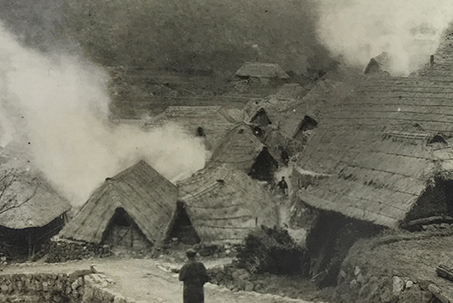
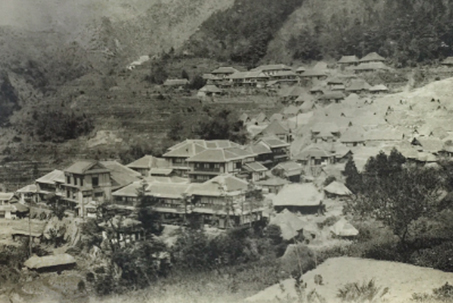
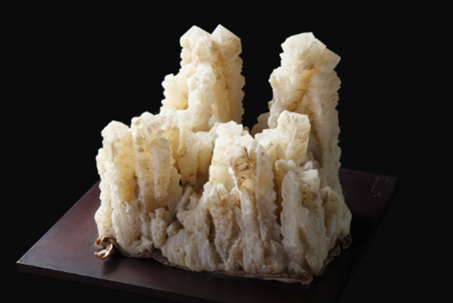
Crystalized alum from the Edo period
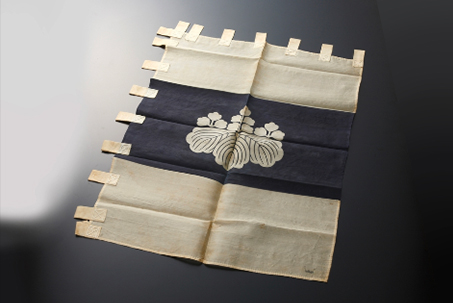
Items passed down for generations
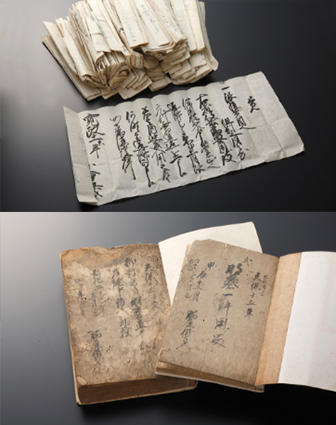
Ancient documents from the Edo period
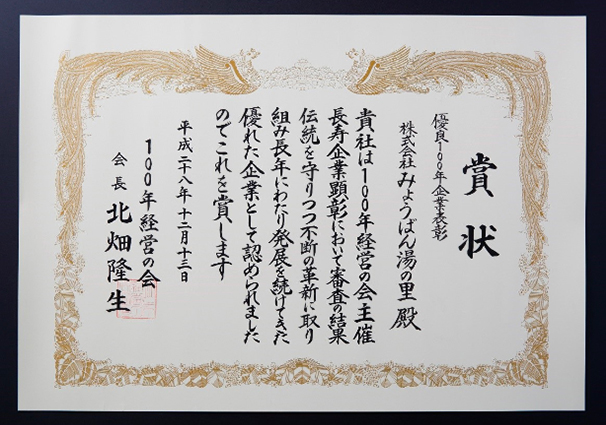
Recognized as a superior company with 100 years’ history